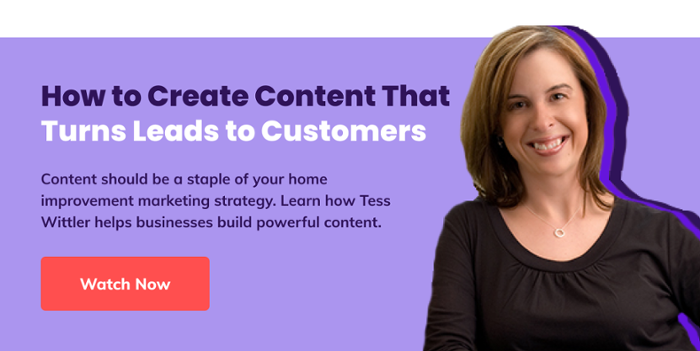The other day, I had a client tell me, "Hatch gives our company a second voice."
My initial reaction - "Huh?"
As he explained it, though, it started to make complete sense. His concept of second voice is sales follow-up, but at a level deeper than just the objection.
"When we don't close a customer, texting with him or her brings their guard down. It's informal, and they will be more blunt with their feedback."
Think about this for a minute - what if you could dig in and address a customer's objection? Let's say a lead decides to go with a competitor. What kind of objection would be better for you to learn from - finding out they went to a competitor because of pricing, or because your markup on the exact same product was 3x higher than the competitor?
When you lose a sale, wouldn't you rather have actionable intel so you can avoid losing another prospect the same way? Digging deep into objections gives you a chance to right wrongs or prove value.
Here are three ways you can implement the 'second voice' style of sales follow-up today.
Build Email Follow-Up Campaigns
If you don't have access to texting tools, thats okay - although you should start the consideration process. You can use blanketed email campaigns to dig deeper into your lost customer objections, just don't expect high response rates (would you be more likely to respond to an email or a text?)
Don't have access to marketing automation tools? There are plenty of great free tools like MailChimp that can help you run manual sales follow-up emails.
To drive higher response rates, one thing you should heavily consider is personalization. If you're going to be reaching out to a large contingent of no-sale customers, it's easy to fall into the trap of thinking "first name" is the only personalization you need.
Chaos is to be expected, which is why it's important to designate someone on staff to keep tabs, continually engage lost leads, and overall stay on top of follow-ups.

Hire a 'Follow-Up' Rep
One interesting trend we've seen over the last few months is B2C companies hiring someone in a role specifically to track why a customer doesn't buy.
Think of it as a sales development role that isn't actually in sales - the person in this position is solely responsible for calling and emailing a lost prospect to dig into the objection.
Typically, the role will report to a sales manager IF that sales manager operates in a coaching role. If they're typically in the weeds with clients, it might make more sense for that position to report to marketing or customer service.
No matter how you implement this program, however, the success of your follow-up depends heavily on how your team implements it.
Embrace Follow-Up From Top to Bottom
All effective follow-ups need to start with your sales leadership. Consistently nudging reps with the idea of sales follow-up is important - this is how you foster a culture of accountability.
The best sales managers are the best coaches, consistently doing things like ride-alongs, recording in-person role plays and sales team cold calls and ensuring their team is aware of what works (and more importantly, what doesn't).
Invite your team to an after-hours sales follow-up party. Get a few pizzas and bring your customer objections to light on a projector. Go around the room and get feedback - invite every department, including your installation teams.
Talk through how to solve the issues - not only will your team be better prepared to handle customer objections, they'll be more aware when the customer is hinting at them.
Want to have insight into every sales conversation and sales follow-up effort?
Get your hands on Hatch. Set appointments, reconnect with cold leads, and close deals.